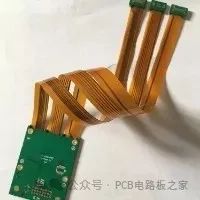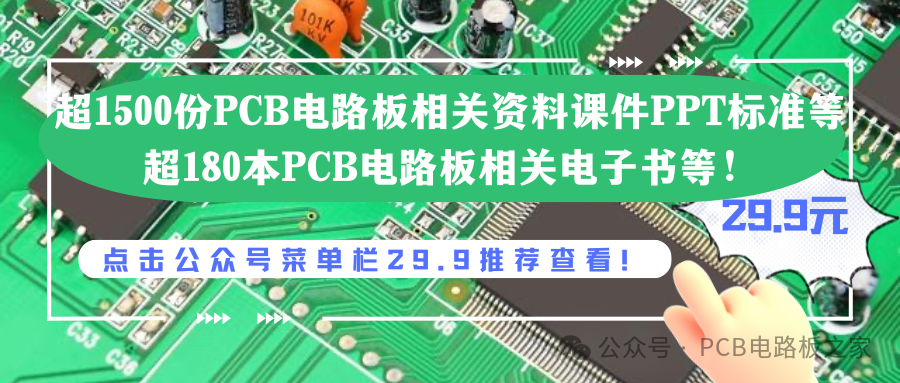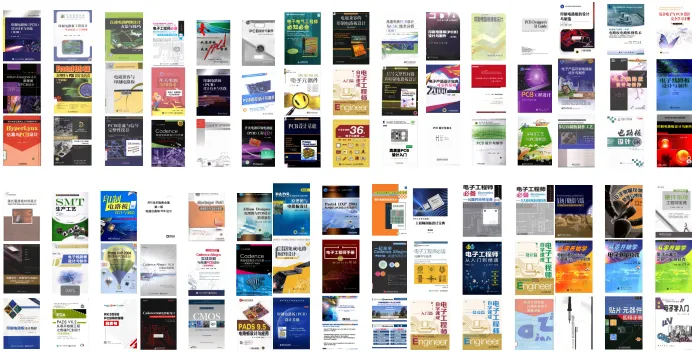
PCB板的弯曲指的是将刚性电路板(Printed Circuit Board)以某种方式弯曲,使其在平面上发生曲线形变。
通常情况下,PCB板是通过使用刚性基材制成的,不具备自身的弯曲性能。但是,在一些特殊应用中,需要将PCB板进行弯曲,以适应特定的装配需求或空间限制。当涉及到PCB板的弯曲时,有几个关键因素需要考虑:
1. 材料选择:选择具有良好弯曲性能和机械强度的基板材料。柔性PCB(Flex PCB)是一种专为弯曲和折叠而设计的特殊材料。
2. 弯曲半径:确定所需的最小弯曲半径,以避免对电路和元件造成损坏或断裂。必须遵循PCB制造商提供的建议弯曲半径。
3. 排线布局:在设计过程中,注意将排线远离可能发生弯曲的区域。避免将敏感信号线放置在可能扭曲或拉伸的地方。

4. 弯曲方式:根据PCB板的形状和应用需求,选择适当的弯曲方式。常见的弯曲方式包括单弯、Z型弯曲和多弯曲等。
5. 限制层设置:在PCB设计中使用合适的限制层,确保在弯曲区域的内部和外部设置正确的铜层分布和材料厚度。
6. 温度影响:PCB板的材料在不同温度下会有不同的弯曲性能。了解所使用材料的温度特性,并在设计中考虑这些因素。
7. 机械测试和验证:在进行PCB板的弯曲设计之前,通过机械测试和验证来评估其可靠性和耐久性。这有助于确保PCB板在实际应用中能够承受弯曲应力。



部分电子书籍截图

相关文章

















 技术咨询
技术咨询 代买器件
代买器件 商务客服
商务客服 研发客服
研发客服